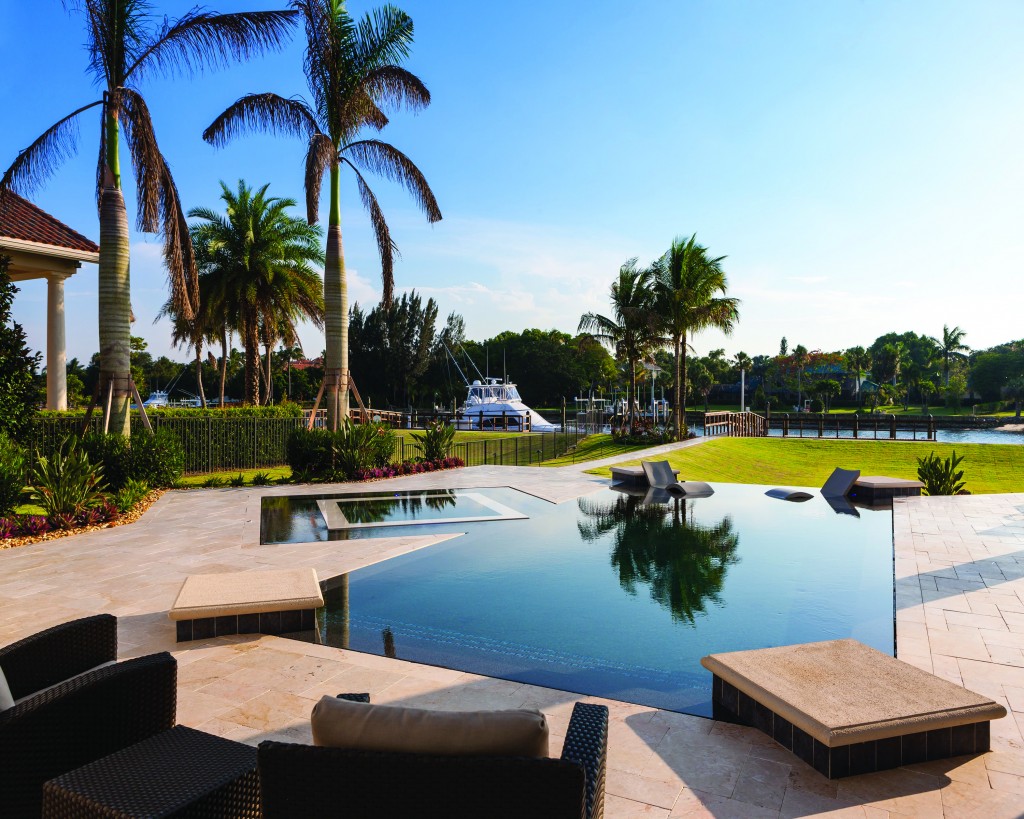 By Robert Sicignano, FLA Pools, Inc.
By Robert Sicignano, FLA Pools, Inc.
Swimming pools have been around for a long time. Roman emperors had private swimming pools in which fish were also kept, hence one of the Latin words for a pool was piscina. The first heated swimming pool was built by Gaius Maecenas of Rome in the first century BC.
1800’s: Before swimming pools were readily available, the local pond, lake or nearest waterway served as the community swimming pool.
1900’s: The simple, no frills concrete pools were introduced.
1940’s: Then came paint, a durable product that lasted long and was easy to apply with a two-man crew.
1980’s: Government regulations removed the copper and lead from the paint, which decreased its strength and durability. This created an industry-wide swing to plaster, a calcareous material that is highly susceptible to damages caused by improper water chemistry.
1990’s: The EPA removed all asbestos from marcite, leaving the plaster with no strength. New aggregate finishes were becoming popular, which made plaster finishes more durable and architecturally pleasing. This finish comes with a price and a complicated and costly installation process.
1991: A scientific research report by the School of Building Construction at the University of Florida stated, “The deterioration of marcite (plaster) has been found to be chemically related and due primarily to leaching of calcium hydroxide (portlandite) from localized areas of pool plaster. Acidic pool water (pH less than 7.0) can wreak havoc on marcite and pool plumbing, resulting in etching and staining. Proposed solutions to control the damage aggressive water can produce include (1) paying careful attention to water chemistry to avoid unbalanced water conditions and (2) providing a chemically inert barrier between the pool water and the marcite finish surface.”
Today: The future of pool interiors is here. Thermo-polymer coating, pneumatically-applied, high performance pool finishes that capture the strength, durability and maintenance ease of traditional finishes, while maintaining beauty and architectural color range. Ph neutral surfaces eliminate virtually all the problems caused by the other pool finishes on the market. They are crack resistant, UV fade-resistant and eco-friendly polyethylene interiors.
Look to the future!




